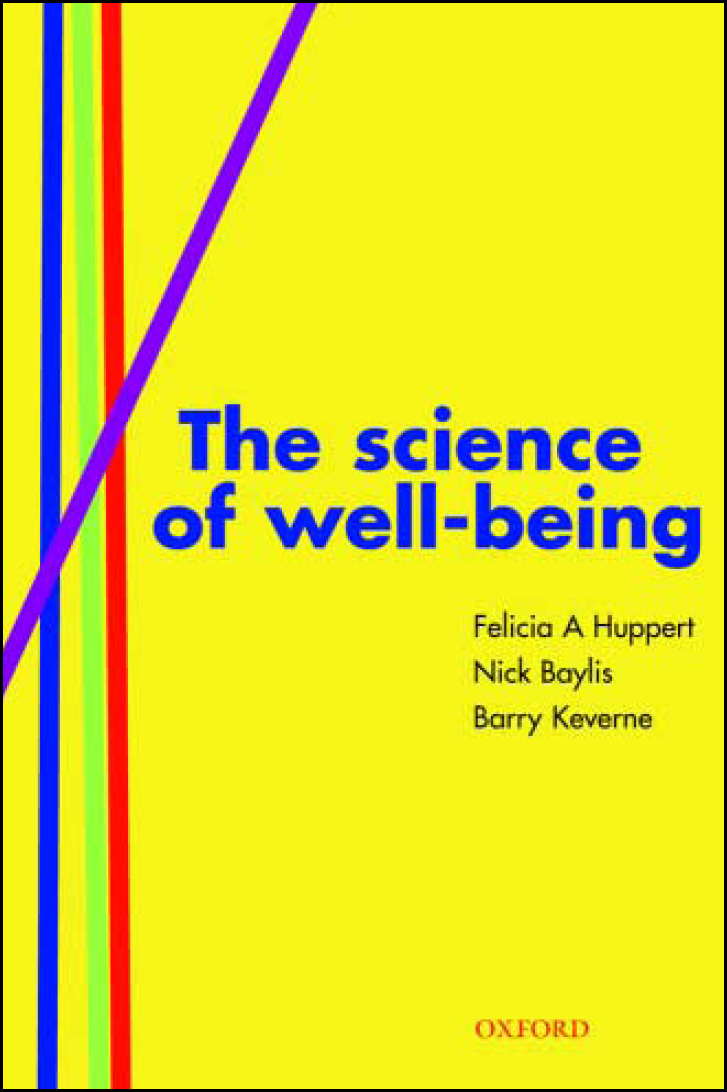
This timely book coincides with initiatives (National Institute for Mental Health in England, 2005) for mental well-being at individual, neighbourhood and societal levels.
Argyle (Reference Argyle1992) pioneered UK research on ‘happiness’ and health, developing the Oxford Happiness Inventory. Influential commissioners scorned positive outcome measures for funding psychiatric services, claiming ‘It's not our job to make people happy'. Cronin de Chavez et al (Reference Cronin de Chavez, Backett-Milburn and Parry2005) reviewed weaknesses in past research: single disciplines working in isolation cannot capture the multi-faceted nature of wellness. A trans-disciplinary meeting on the sciences of well-being took place in 2003 at the Royal Society. Unforgettable talks delivered there by Americans Fredrickson, Seligman and Putnam can be found among the 20 chapters of this new book.
The Science of Well-Being overlaps, but only in part, the transactions of that seminal event (Royal Society, 2004). Since 2003, interest in wellness has grown. Kahnemann contributes an excellent chapter on international, cultural perspectives (‘Living, and thinking about it’). American and British authors dominate this book, but examples from low- and middle-income nations are included in Delle Fave and Massimini's chapter ‘The relevance of subjective well-being to social policies’. Their insight into well-being for people with disabilities, related to the World Health Organization's International Classification of Functioning, is illuminating. Another chapter with international dimensions, Galtung's ‘Meeting basic needs’, includes diverse theories (from Bhuddist panetics to Cuban bienes fundamentales) but is so poorly written the impact is diluted. Uneven literary quality is the Achilles' heel of multi-author books. The most disappointing chapter (‘Relationship with reality and its role in the well-being of young adults’) is written in some sort of short-notes style. However, many chapters are eminently readable, bringing fresh material on brain evolution, physical activity, nutrition, work and well-being. Burns's beautiful chapter ‘Naturally happy, naturally healthy’ illustrates the significance of connecting with nature. NHS Health Scotland could benefit from Huppert's chapter ‘Positive mental health in individuals and populations’.
Overall this book offers a rich variety of perspectives from synaptic to spiritual. Without a ‘science’ of well-being, opinion makers will continue to make tragic errors about patients' wellness, such as ‘health promotion makes people ill’ (Reference FitzpatrickFitzpatrick, 2006). The editors of this trail-blazing book make no attempt to ‘integrate’ all the disciplines represented. Perhaps someday such an integrated science will become a pillar of psychiatric training?



eLetters
No eLetters have been published for this article.